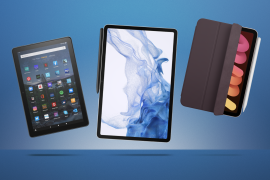Testing the Google Pixel 10 Pro XL showed me a new use for AI that genuinely appeals to me
Another excellent all-rounder flagship, with some welcome new additions
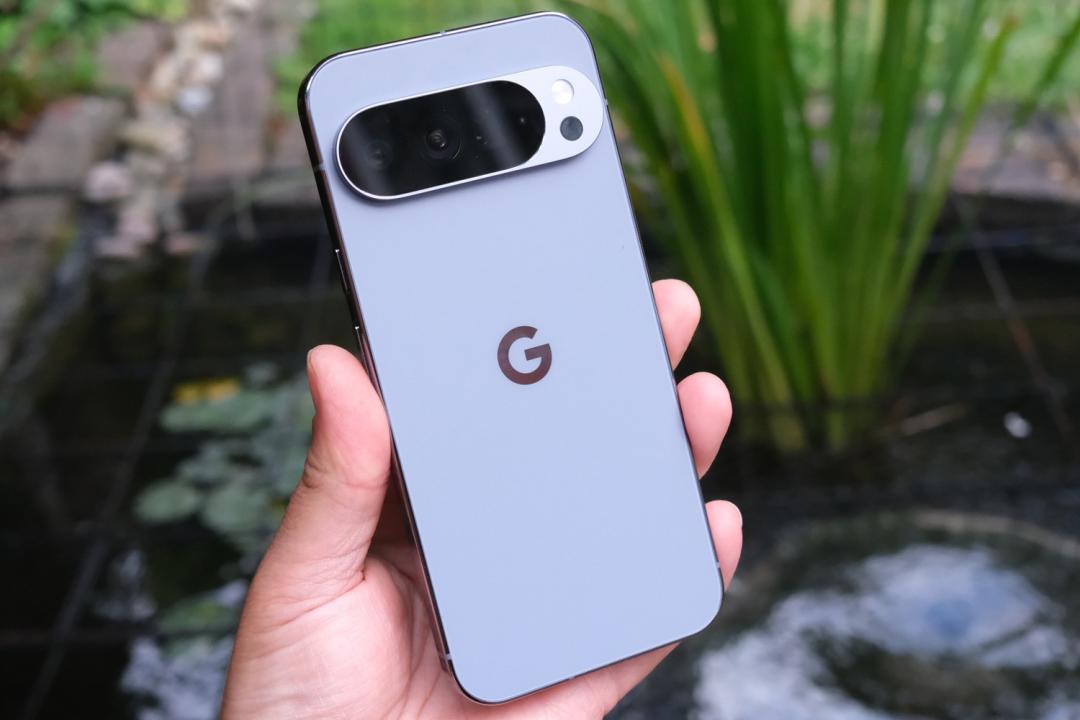
Stuff Verdict
It doesn’t look like a giant step up from last year, but the Pixel 10 Pro XL has improved in all the right places. Qi2 support is a real win, and Gemini has some genuinely useful additions for 2025.
Pros
- Fantastic camera quality as expected, but now with useful AI coaching
- Qi2 finally makes its way to Android
- Stunning screen and flagship-grade build
Cons
- Beaten on raw processing power by Snapdragon rivals
- Only a few superior specs over the smaller, cheaper Pixel 10 Pro
Introduction
Super-sized Pixels are an institution at this point, with each new iteration being a contender for that year’s best smartphone crown – but this is only the second time one has worn the XL label. Google mixed things up last year by introducing a smaller Pro variant, meaning you didn’t have to go big just to get the firm’s best cameras anymore. The Pixel 10 Pro XL has had to work a little harder as a result.
There’s more here than a bigger screen and higher capacity battery. The speakers are louder, charging speeds are faster, and there’s more storage as standard. That last one goes some way to justifying the $100/£100 price hike over last year’s Pixel 9 Pro XL – as does the new Tensor G5 chipset, and the long-awaited addition of Qi2 magnetic wireless charging.
At $1199/£1199 it still undercuts the Samsung Galaxy S25 Ultra, but is now on par with the iPhone 16 Pro Max. Can Google possibly best them both?
How we test smartphones
Every phone reviewed on Stuff is used as our main device throughout the testing process. We use industry standard benchmarks and tests, as well as our own years of experience, to judge general performance, battery life, display, sound and camera image quality. Manufacturers have no visibility on reviews before they appear online, and we never accept payment to feature products.
Find out more about how we test and rate products.
Design & build: come together
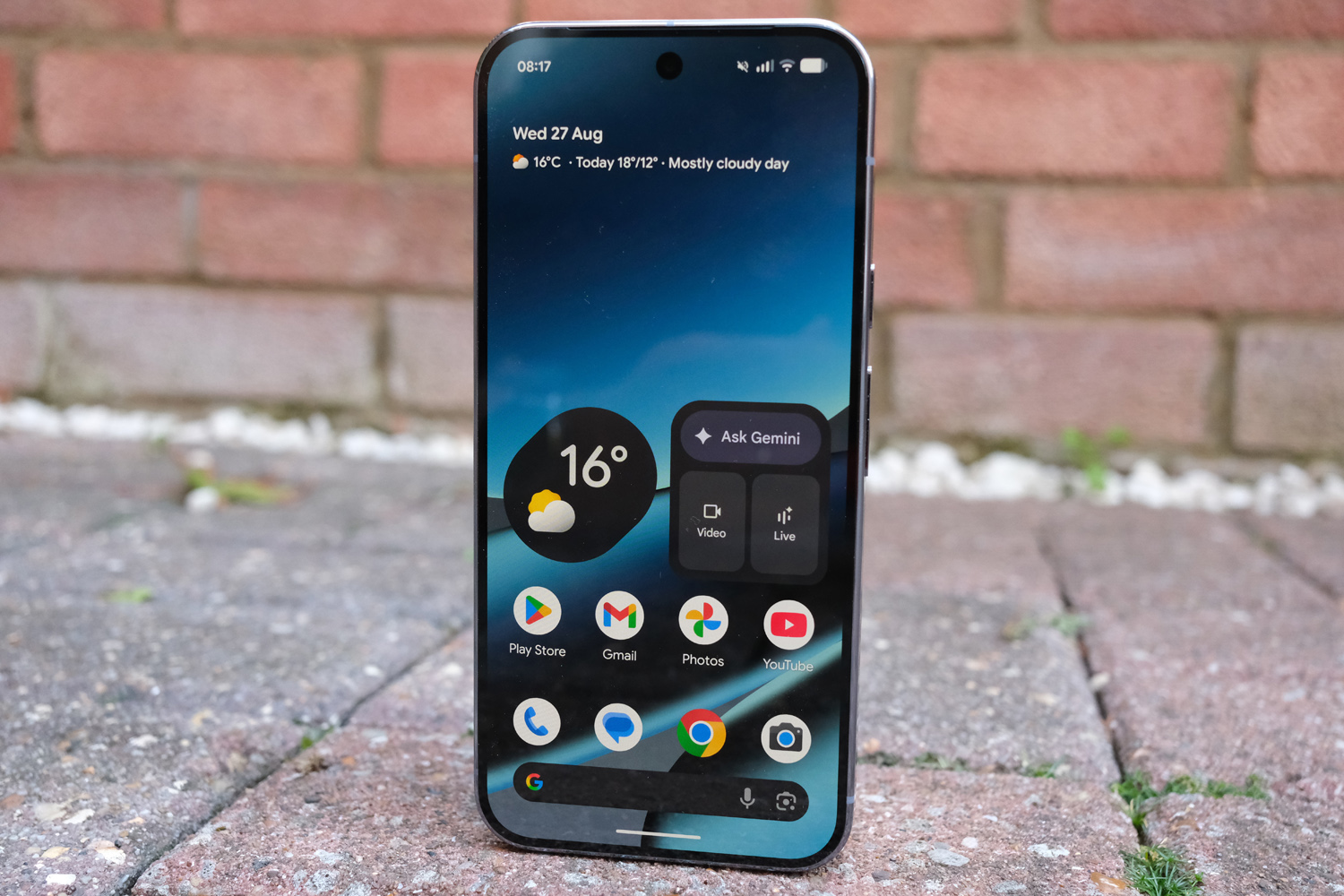
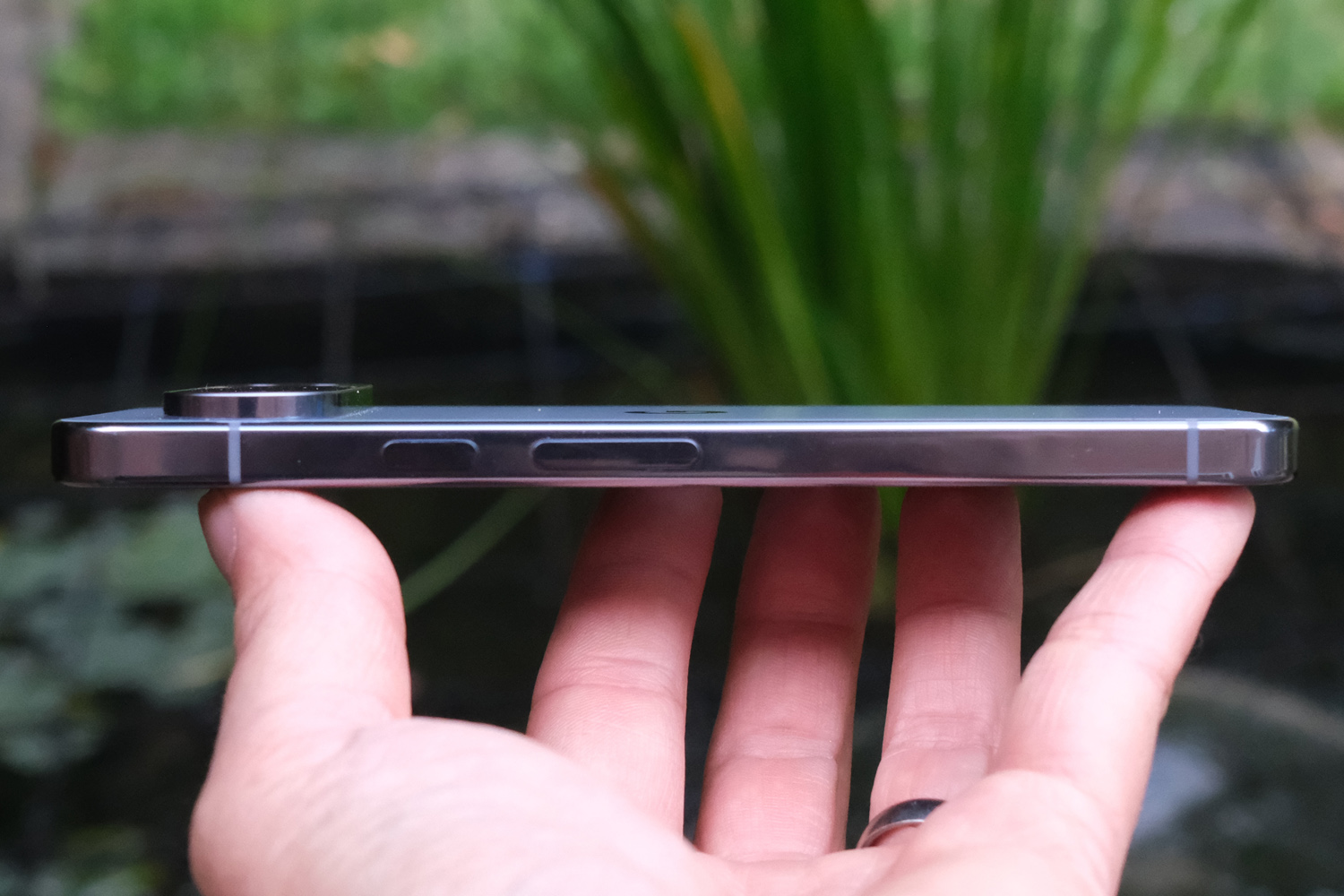
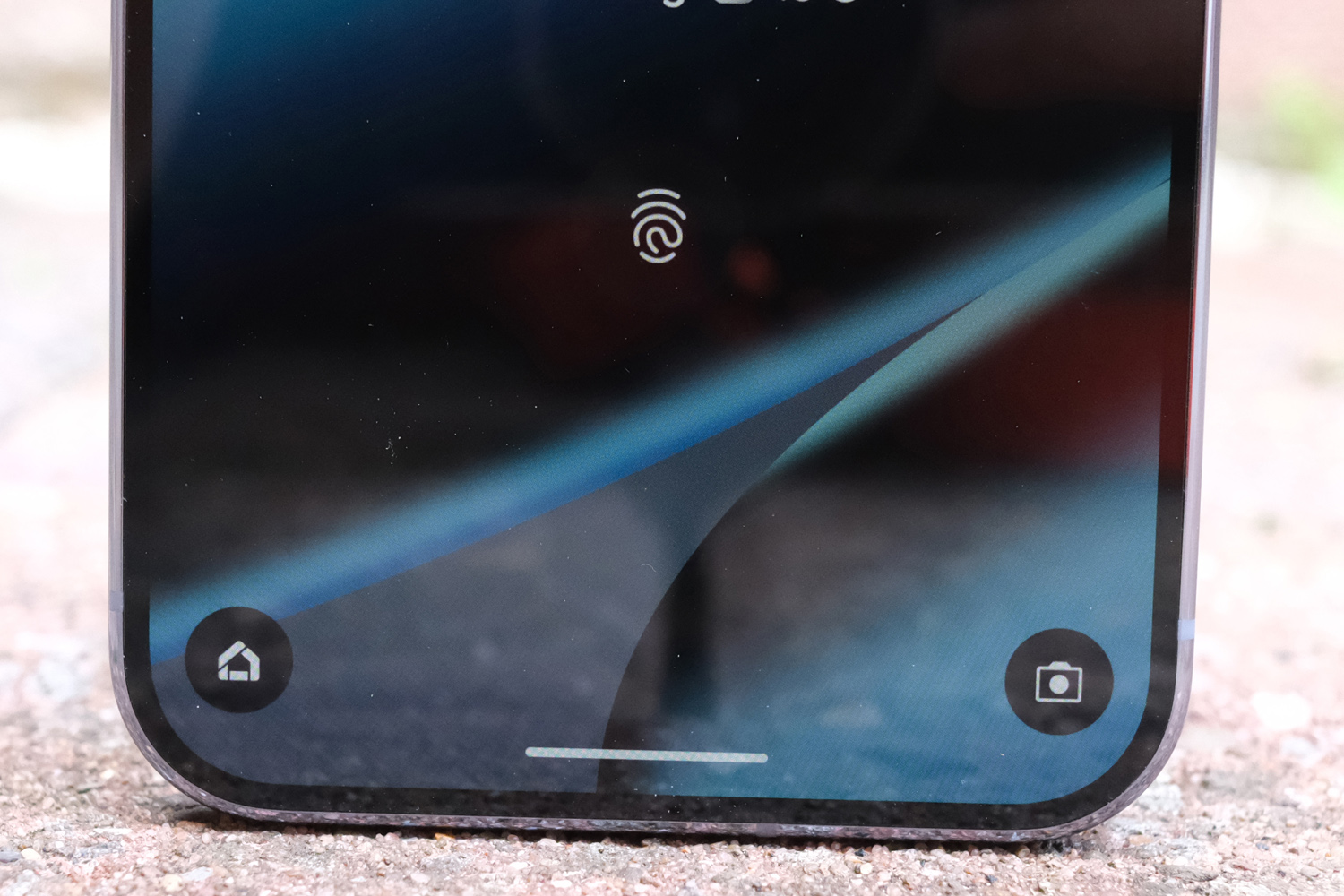
Be honest: if my Pixel 10 Pro XL review unit had been in either of the two returning colours, rather than the fetching new Moonstone hue, could you tell the difference between it and the outgoing Pixel 9 Pro XL? There’s no denying Google has stuck closely with what worked last year, only changing up the design in a few very subtle ways.
You’re still getting two slabs of flat glass, set into a flat-sided frame made from (part-recycled) aluminium, with the distinctive pill-shaped camera bar returning at the rear. There’s still an oddball temperature sensor alongside it. All the corners and edges are rounded off to varying degrees, leaving you plenty to grab onto but ensuring it doesn’t dig uncomfortably into your hand.
The camera island’s glass fills slightly more of the pill this time around, and the SIM tray has been relocated to the top of the phone, making room for a second speaker grille at the bottom in its place, but that’s really it.
I’m all for it. The last-gen phone embraced modern phone design trends while doing something different at the rear, at a time the rest of the Android world (Samsung excluded) seemed obsessed with giant circular camera bumps. That hasn’t changed for 2025, so the Pixel didn’t need to change either. The dimensions are basically identical to the old phone.
While it hasn’t grown in stature, the Pixel 10 Pro XL has put on weight; at 232g this is a substantial handset now, weighing more than both the iPhone 16 Pro Max and Galaxy S25 Ultra. Qi2’s magnets will have contributed a bit to that, and it doesn’t feel at all unbalanced in your hand – but you won’t forget it’s in your pocket.
I’m personally not a big fan of the polished frame, which is a proper fingerprint magnet, but I like that the frosted rear panel repels smears and smudges rather well. Victus 2 glass is sturdy stuff, not picking up any scratches at all during my testing, and the IP68 resistance rating provides extra peace of mind. IP69 might be the new flagship best, but having never accidentally put my phone through a dishwasher, I don’t feel I’m missing out.
Secure facial recognition is far more useful, letting me authenticate banking apps without having to put my thumb on the (admittedly speedy) ultrasonic under-display fingerprint sensor. Very few Android phones have this ability, and it’s another feature parity with Apple that could attract iPhone owners.
Screen & sound: here comes the sun
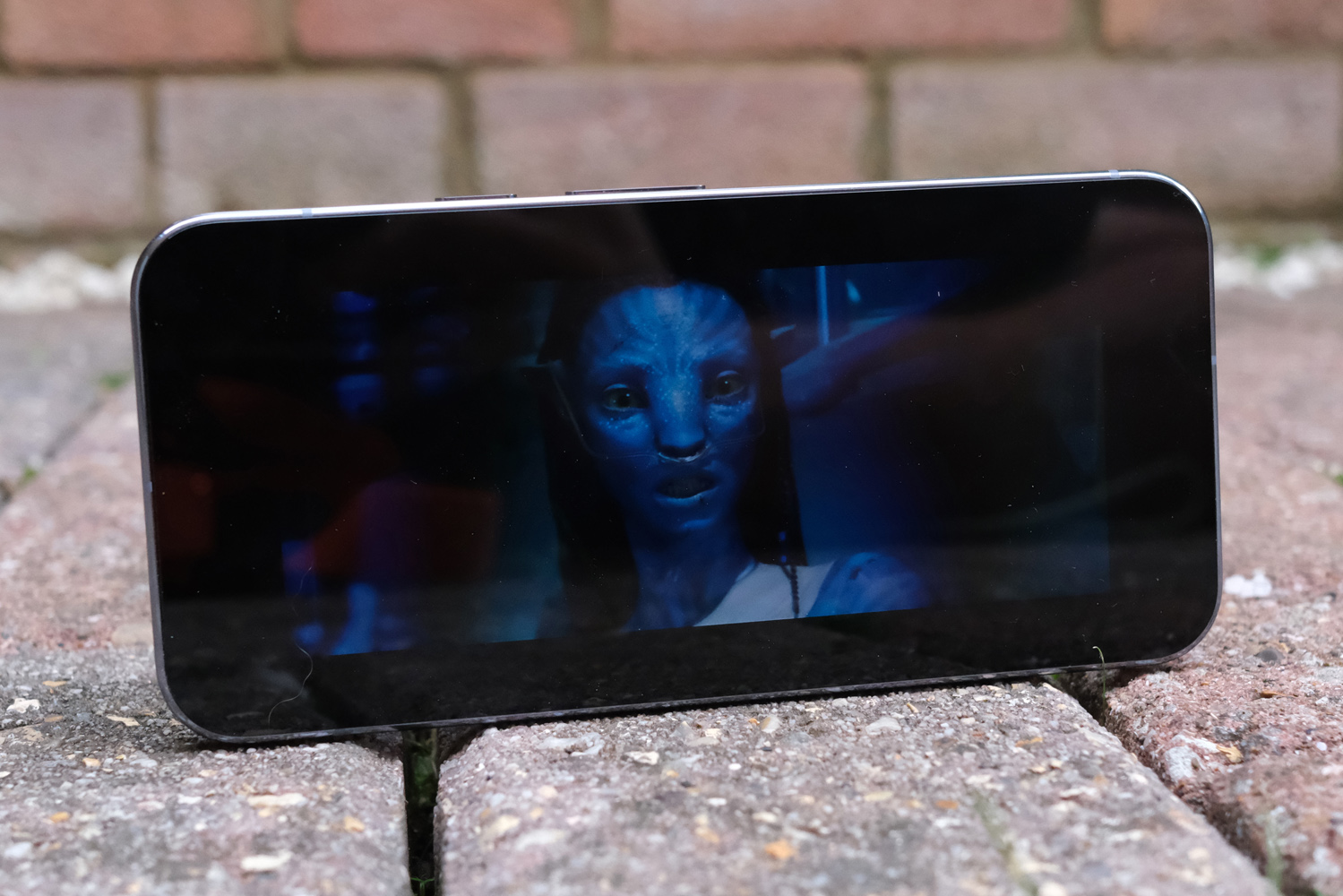
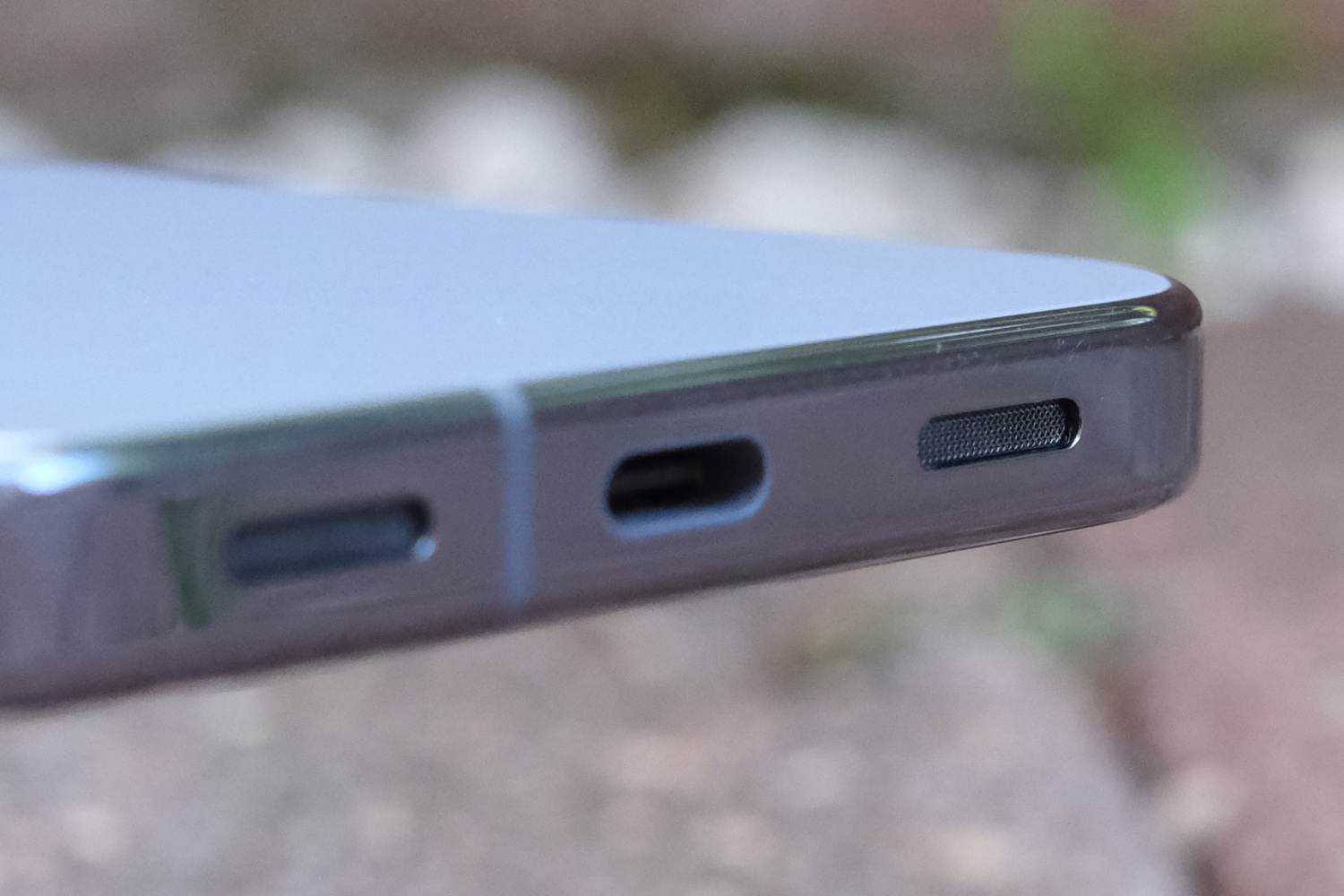
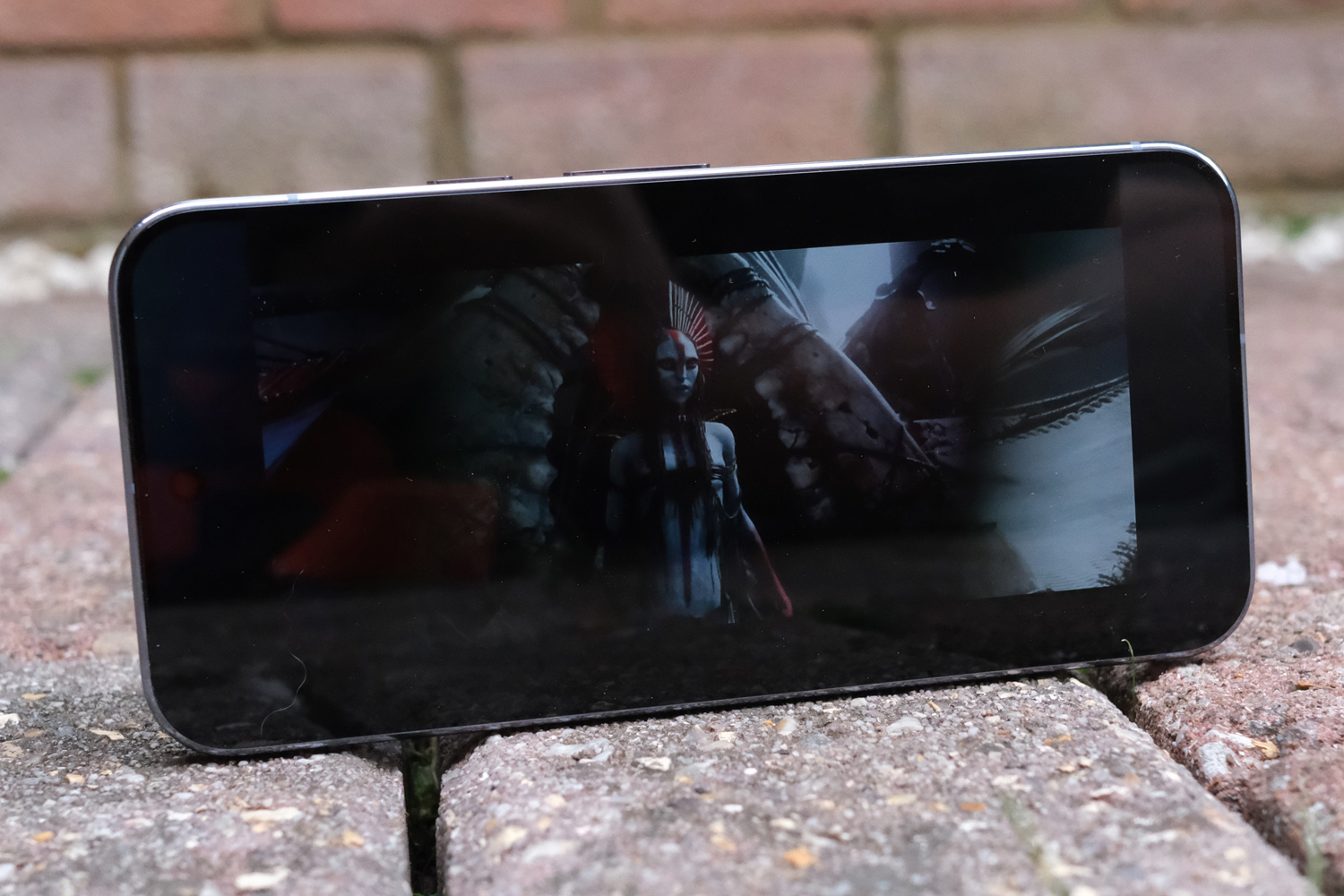
Wow, this phone gets bright when it needs to. Previous Pixels have been very good at getting close to Google’s claimed brightness output, and the 10 Pro XL sets the new bar. A peak 3300 nits might not be as high as some flagships manage on paper, but I’d rather have a screen that’s easier to see on sunny days than one that can shine HDR content that little bit more intensely. I’d say that only the Galaxy S25 Ultra and its Gorilla Armor glass are more legible in direct sunlight.
It helps that the Pixel’s 6.8in screen – which remains a real handful – is stellar in almost every other aspect. The 2992×1344 resolution is razor-sharp (even if it defaults to a slightly lower pixel count to save battery) and the LTPO adaptive refresh rate is fast to react to onscreen motion. Being able to dip as low as 1Hz means you can set a full-screen always-on display now, which is neat.
Colours in general have the sort of wonderful saturation and bite that OLED panels do so well, along with black levels that are pretty much perfect. Viewing angles, too. Ultra HDR images have real impact, blending expressive highlights with areas of deep shadow. I feel the Adaptive colour profile the phone defaults to is right on the money, but there’s a Natural preset if you prefer things to look a bit more subdued.
The Pixel 10 Pro XL also has a fabulous set of speakers complimenting its screen. Google has overhauled the earpiece tweeter across the board this year, but only the XL gets a beefed-up bottom speaker too. Louder, clearer, and with more prominent bass, the difference in a single generation is impressive. It’s up there with the very best phones for sound.
Cameras: I wanna hold your hand
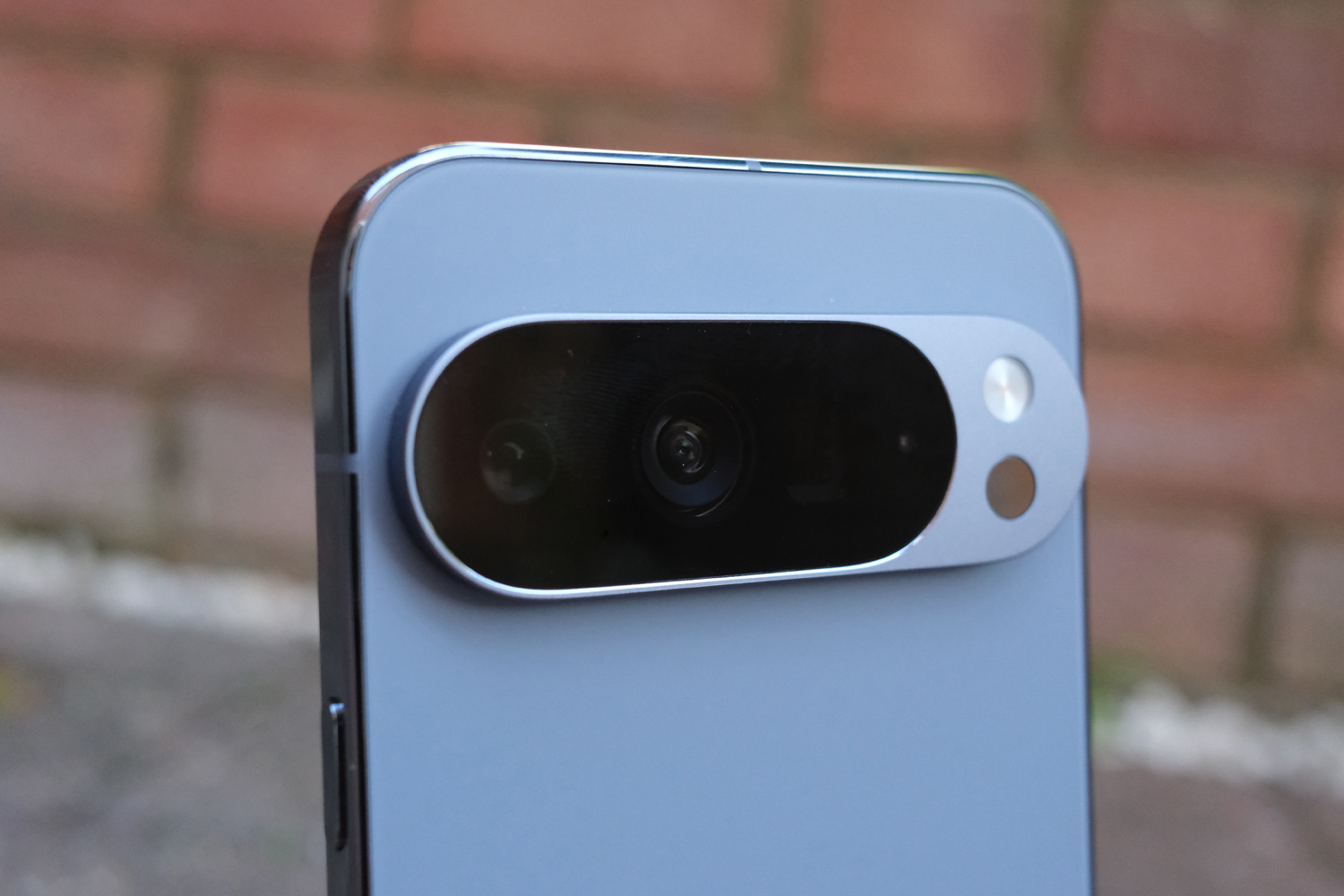
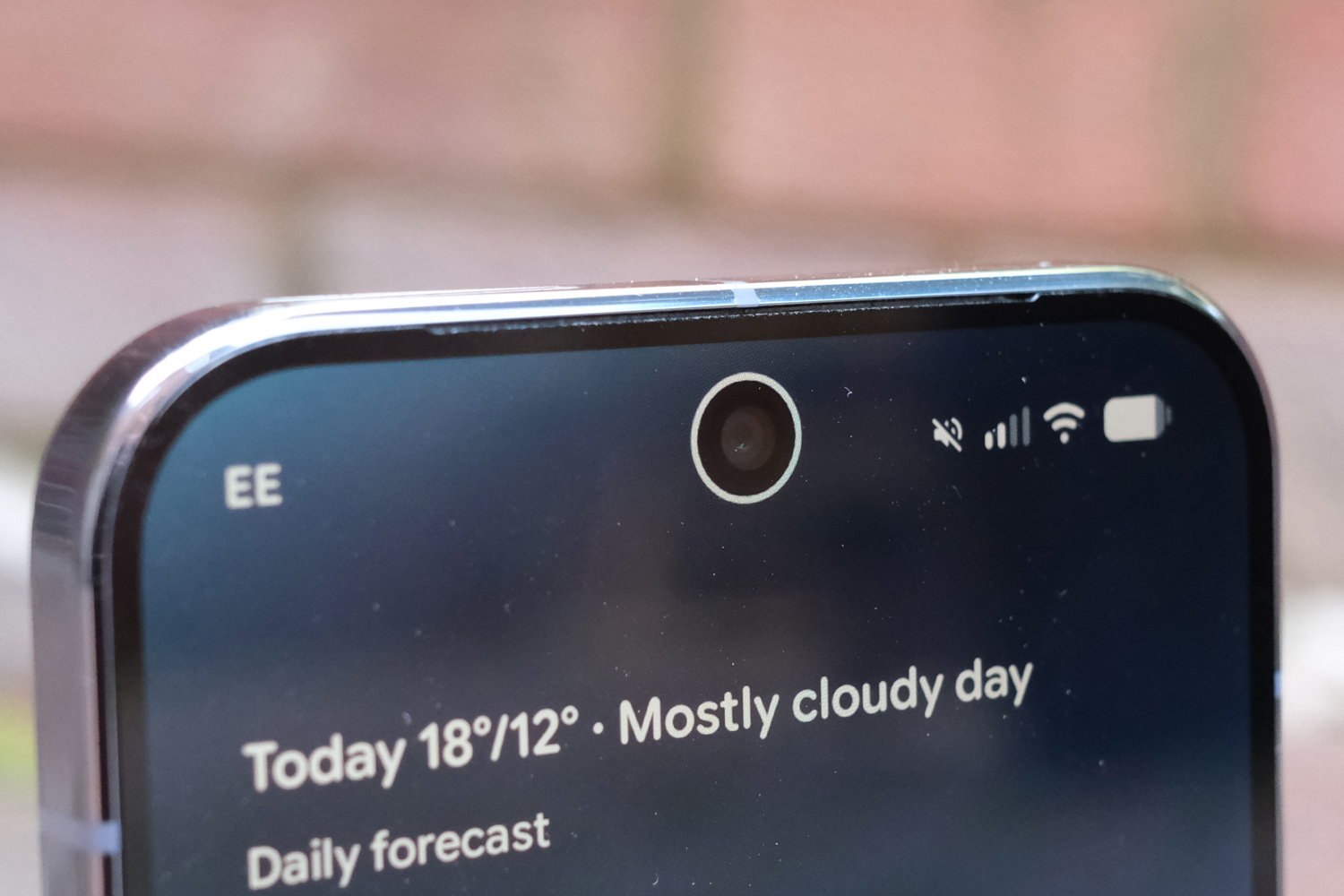

Going by hardware alone, the Pixel 10 Pro XL’s rear camera trio isn’t much of an upgrade over last year’s model. The 50MP lead lens, 48MP ultrawide and 48MP telephoto are essentially unchanged, with the former receiving some tweaks to optical image stabilisation and the latter promising better optical clarity.
There’s still 5x optical zoom on tap, and macro close-up abilities from the ultrawide, but algorithm updates are being asked to do most of the heavy lifting here – as is basically Pixel tradition at this point. The fact Best Take, which offers to replace the faces of anyone blinking or looking the other way in group shots, is now automatic and enabled by default, highlights just how much processing actually goes into every photo you take with this phone.
That particularly applies to the new AI-assisted Pro Res zoom, which can extend your reach to 100x. The results can be genuinely impressive at times, while others clearly show signs of AI generation. The wires on the dart board in the image below disappear into the ether, for example – though I can’t deny the 20 looks far crisper than a phone could achieve without generative assistance. There are safeguards in place that prevent you from using it on people, and it’s rare I actually need to get this close to a subject, so it’s not something I expect to reach for often.

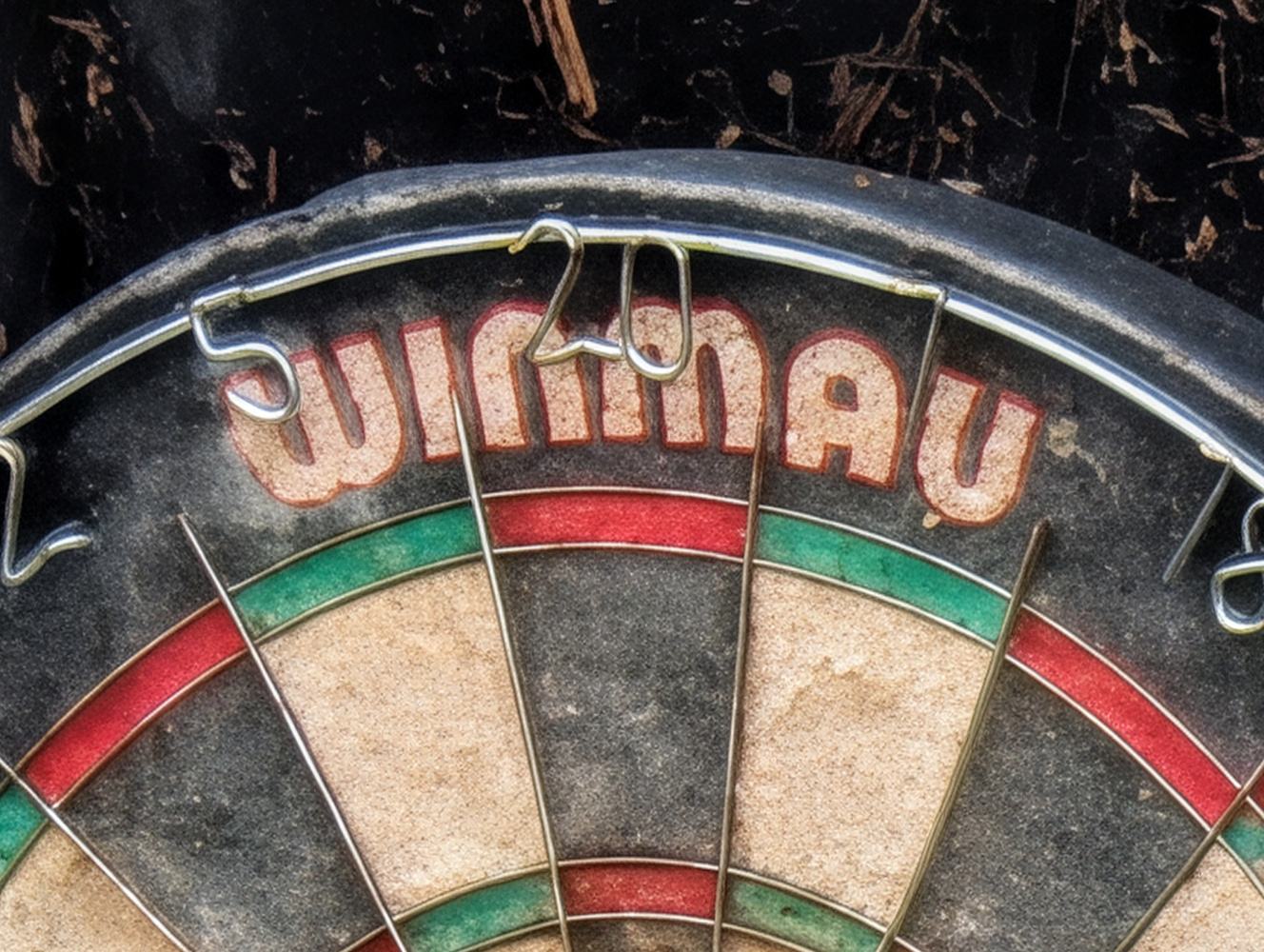
Everywhere else, image quality is up to Google’s typical high standard. The lead lens might not have the natural depth of field of a phone with a 1in camera sensor, but I can’t fault its ability to deliver brilliantly defined shots with natural tones and well-preserved dynamic range.
Contrast is dramatic, as usual for a Pixel phone, with deep areas of shadow. These are preserved even when the rest of the scene is brightly lit, and without the obvious HDR processing I’ve seen on some rival phones. Sharpening is controlled very well, and there’s basically no image noise. Colours lean a little more natural than Samsung’s best efforts, but there’s very little in it.







There’s a great consistency to colours and exposure across all three lenses, so there’s no reason not to switch things up when the scene suits a zoom or ultrawide. The telephoto performs very well during the day, delivering maximum clarity at 5x and a satisfying amount of background blur when snapping portraits or closer subjects. While 10x zoom is a match on colour and contrast, there’s a softness here that shows where the processing is at its limit. That said, only Huawei’s Pura 80 Ultra and its dual lens magnification jumps out to me as being significantly sharper.








In darker environments, Google’s Night Sight still shines as one of the best low light modes on any smartphone. It can’t save 10x shots from noise entirely, and there’s less resolved detail overall, but 5x snaps are still impressively clean and usable. The lead lens is the standout, with natural-looking colours and preserved highlights, against areas of darkness and deep shadow.




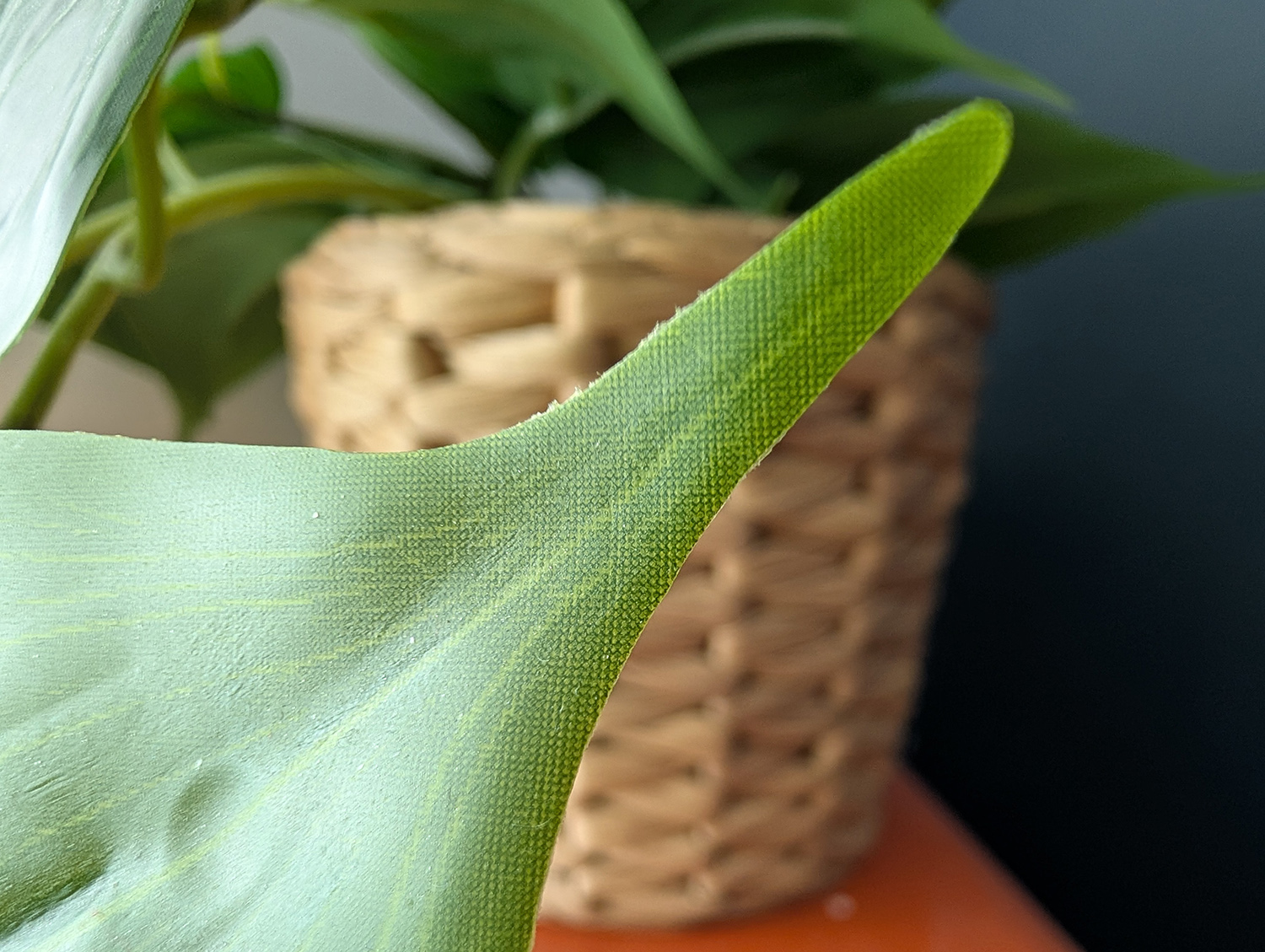

While the ultrawide shows less resolved detail overall, it still puts in a good showing across a range of lighting conditions. Google’s Ultra HDR processing helps maximise dynamic range, even as the sun sets, and there’s little distortion at the edges of the frame. The macro mode delivers sharp shots, too, though getting the perfect distance for maximum detail without losing focus was sometimes tricky.

The selfie camera rounds things off brilliantly, with dynamic colours, accurate autofocus, and lots of detail. Even in low light, I got some very clean snaps.
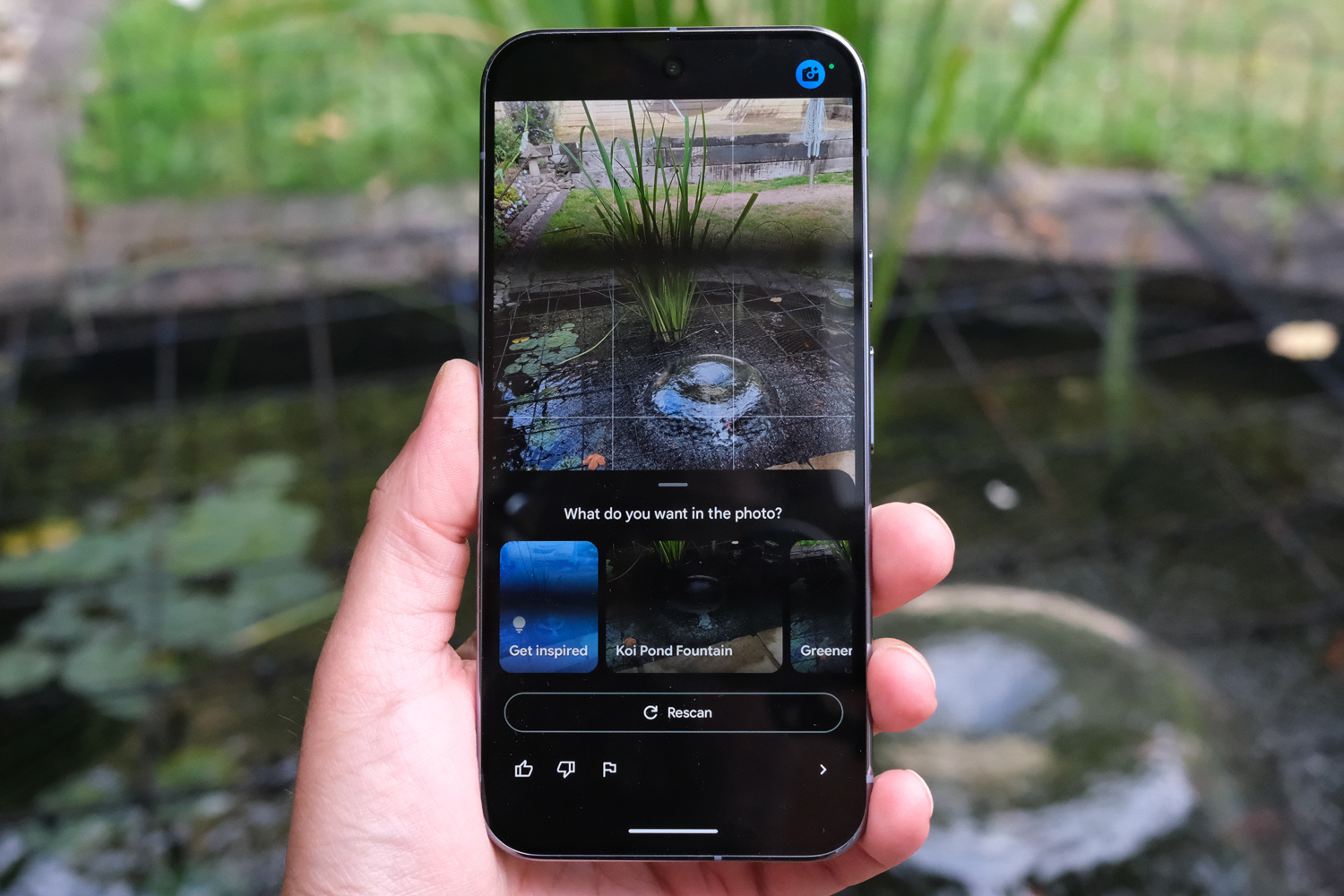
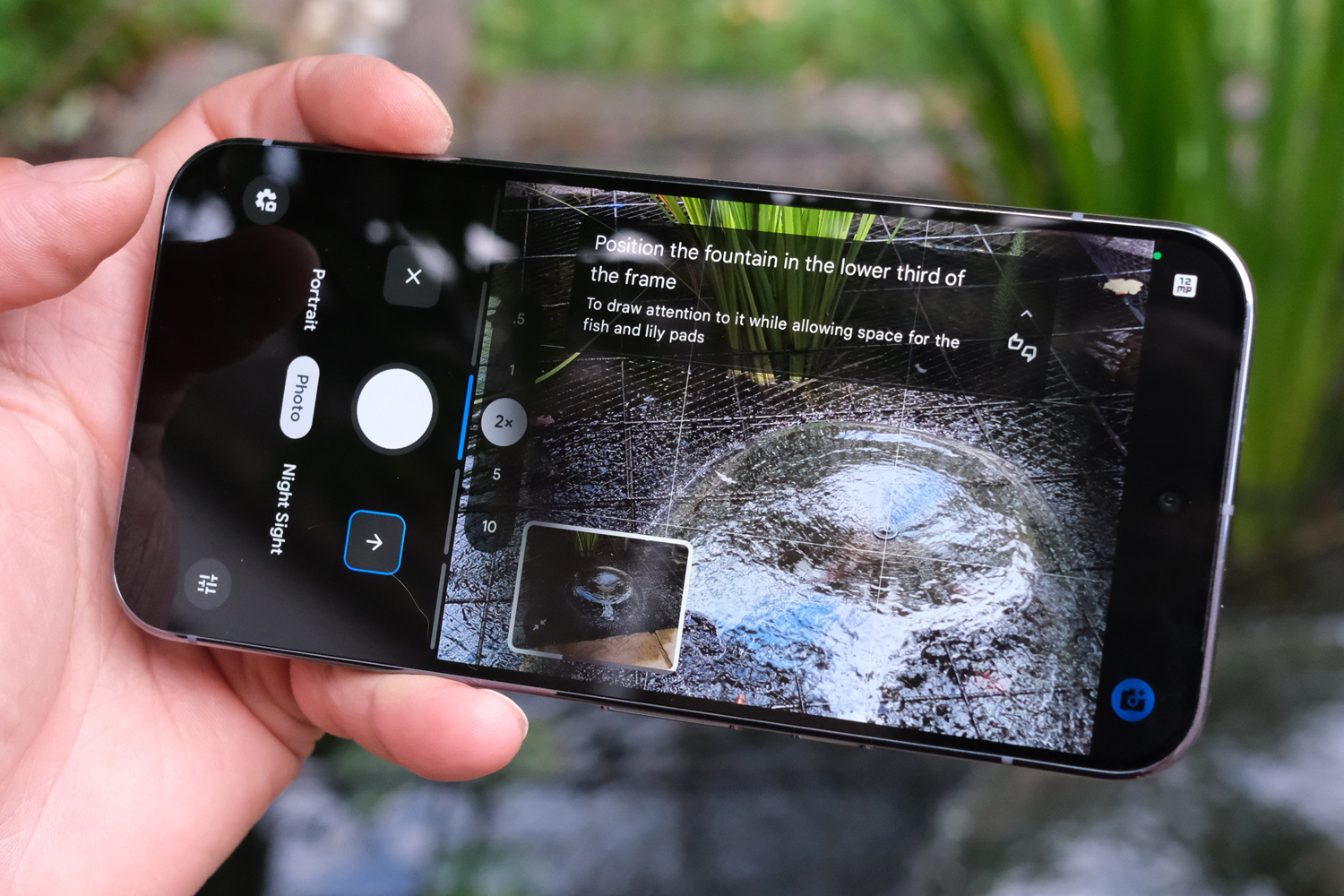
Arguably the photography feature worth getting most exciting about isn’t even finished yet. Camera Coach is in preview right now, but it’s possibly the most effective use of AI I’ve ever seen. The phone can analyse your viewfinder, then suggest different angles or camera modes to achieve a more pleasing composition, using generative AI thumbnails to hint at what you could achieve by switching to Portrait, taking a step back, or focusing in on one part of a scene.
These might seem like the basics if you understand photography, but I can see it proving very useful for those who don’t.
Software experience: tell me what you see
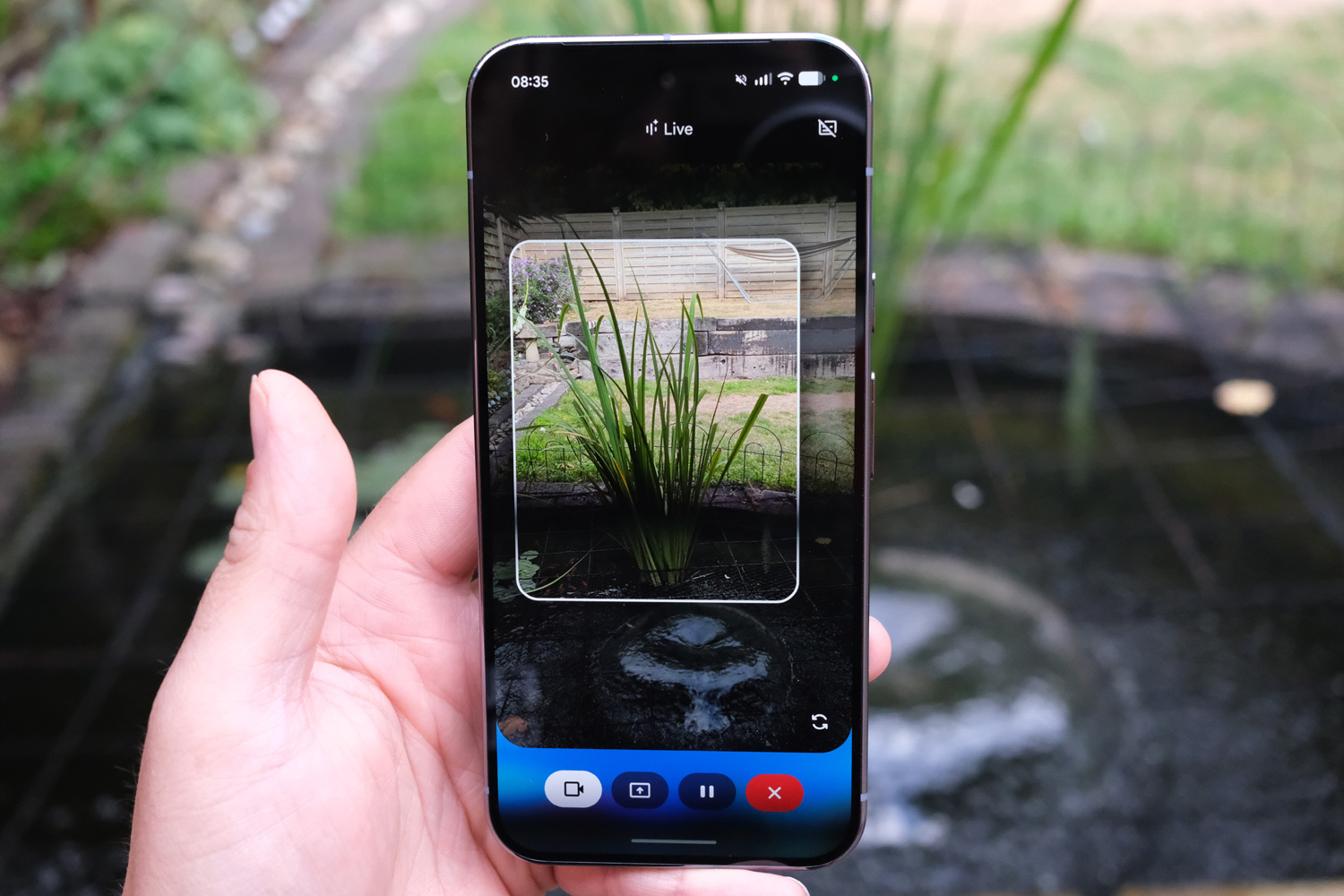
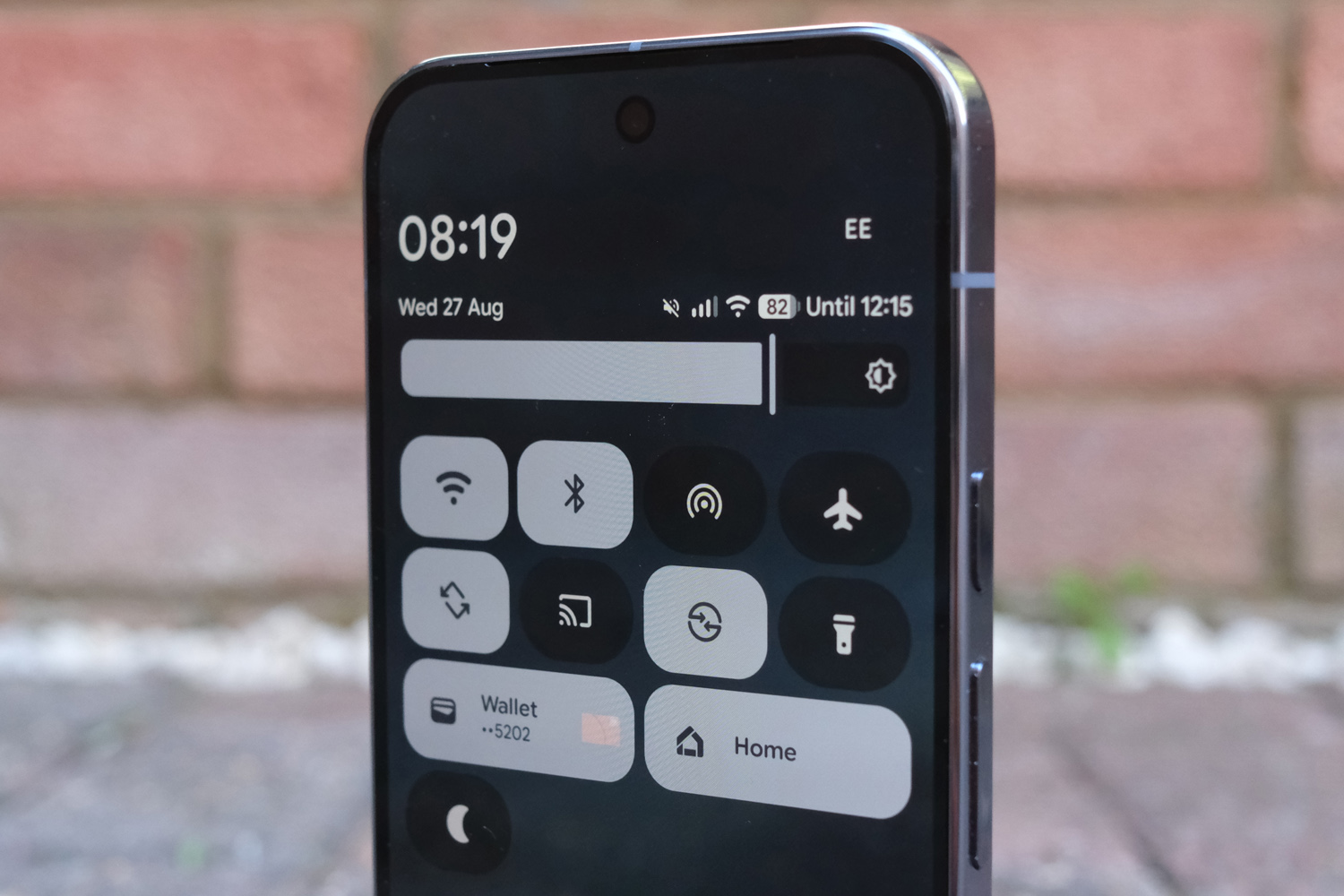
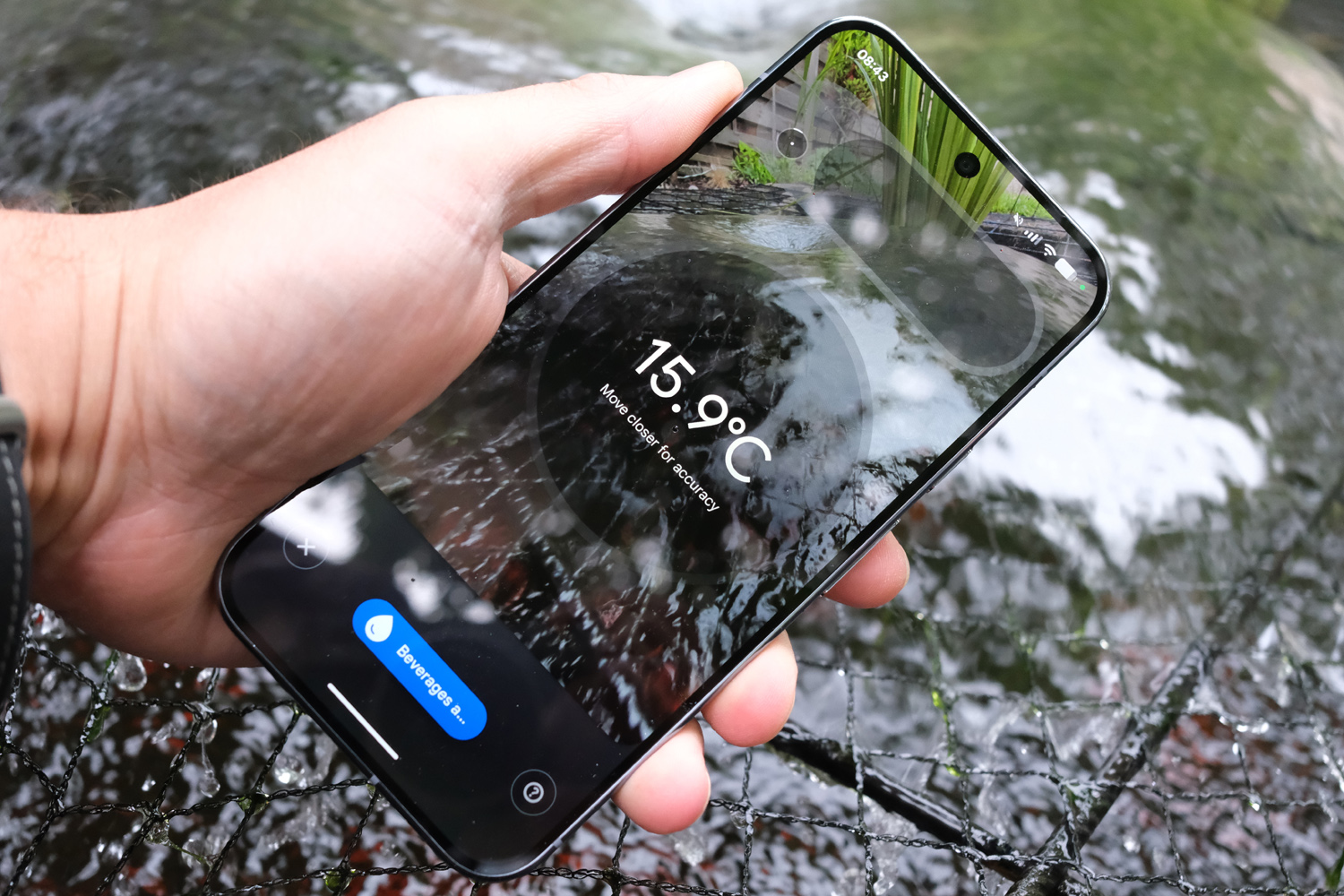
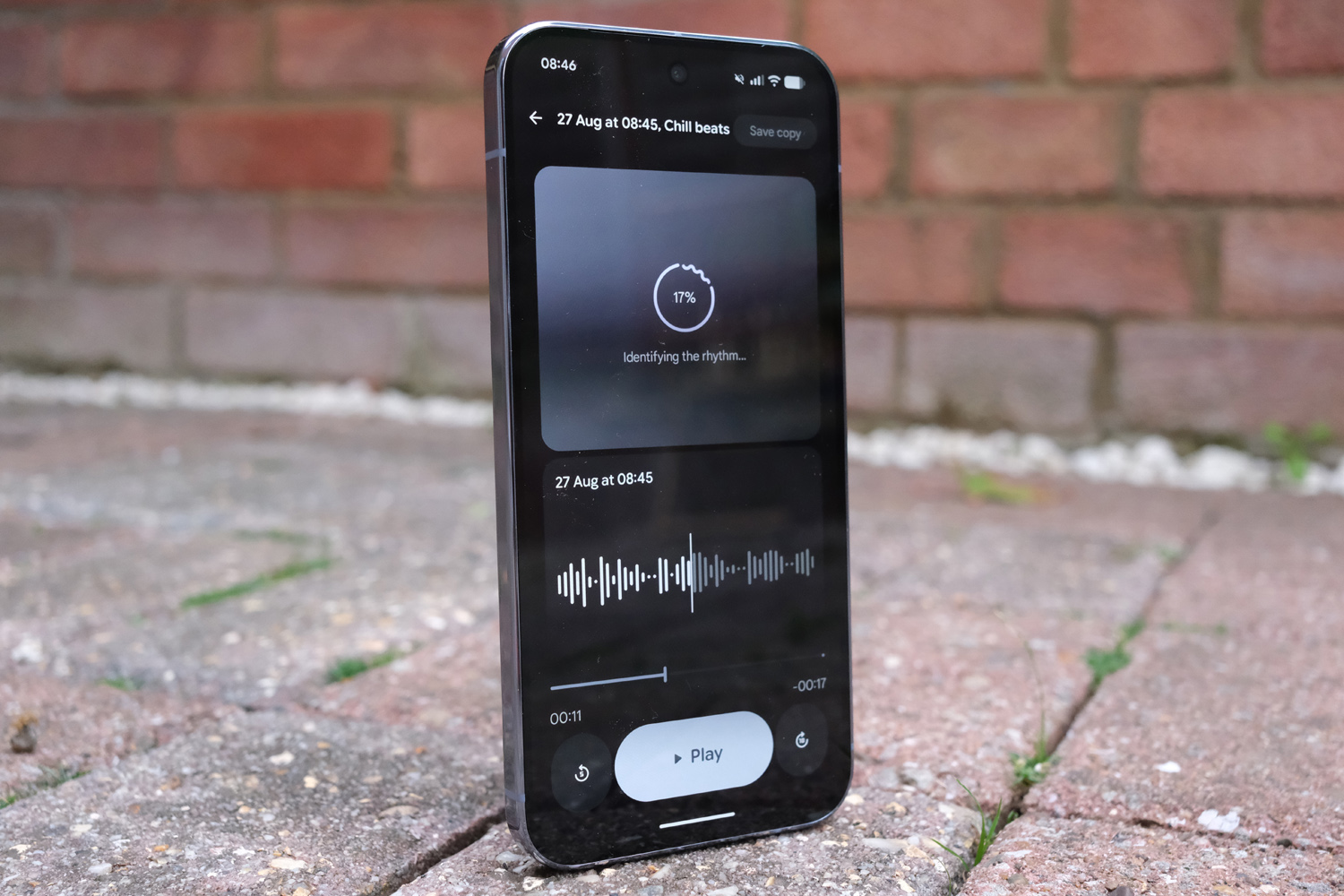
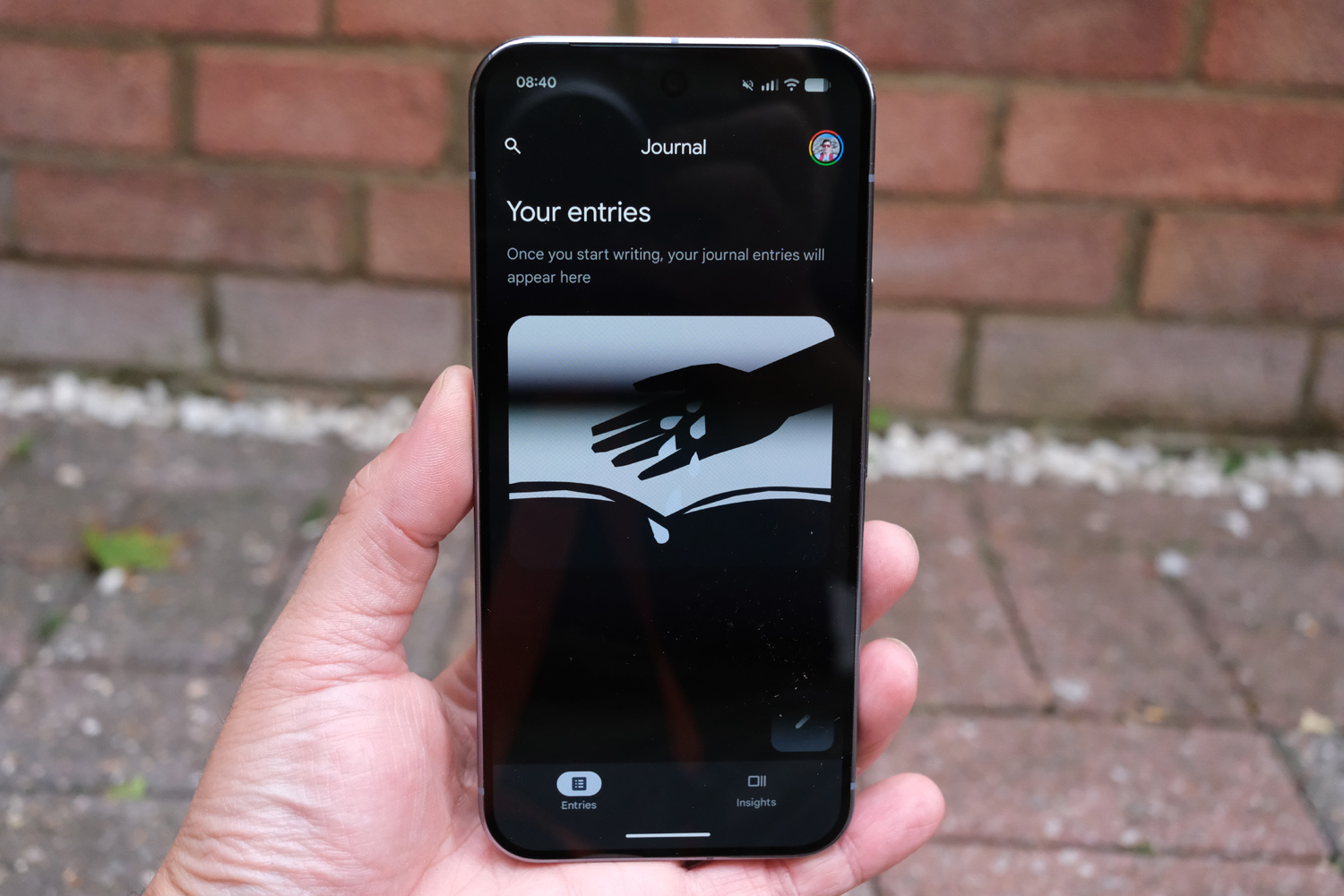
Android 16 might’ve officially debuted on the Galaxy Z Fold 7 and Z Flip 7, but it feels truly at home on the Pixel 10. Google’s Material 3 Expressive design is now in full effect, with each of the firm’s stock apps getting a fresh feel and bouncier, more dynamic animations. The Quick Settings panel looks a bit blockier now, and everywhere you look things are a little more pill-shaped than before. Theme colours that react to your wallpaper choices complete the look.
It means returning Pixel owners will feel right at home, while everyone else will appreciate how bloat-free the app drawer feels when you first power on the phone. Google has admittedly crammed a little more pre-loaded software in than I’m used to, with the new additions almost all involving Gemini or AI in some way or another.
Not everyone will find the journalling app that useful; research and note-taking tool NotebookLM is a bit more complicated than Google makes out; and live call translation (which creates a freaky AI approximation of your voice in the other language) is pretty niche too, even if the ten languages it supports right now covers a big chunk of the world.
It’s Magic Cue that I found the most helpful, putting prompts from Gemini onscreen when they’re most useful. With access to your notes, emails, contacts and web searches, it can throw up flight details when calling your airline, or share saved addresses when inviting a friend to a gig over messages. Even in the short time I’ve had for testing so far, it’s popped up quite a bit. I can see it has great potential, assuming you don’t live entirely in WhatsApp. Hopefully Google will roll it out to Gmail and other apps soon.
All the other Gemini features introduced with previous Pixels are present and correct, from Circle to Search to Gemini Live. The latter can now highlight parts of your screen when sharing your camera’s viewfinder, to get help with what you’re looking at. If you’ve used Gemini much before this could come in handy, but I can’t say it got me chatting to my phone any more than usual.
Seven years of new Android generations and seven years of security updates is now standard practice for Google, making it one of the best Android choices for long-term ownership alongside Samsung.
Performance & battery life: A day in the life
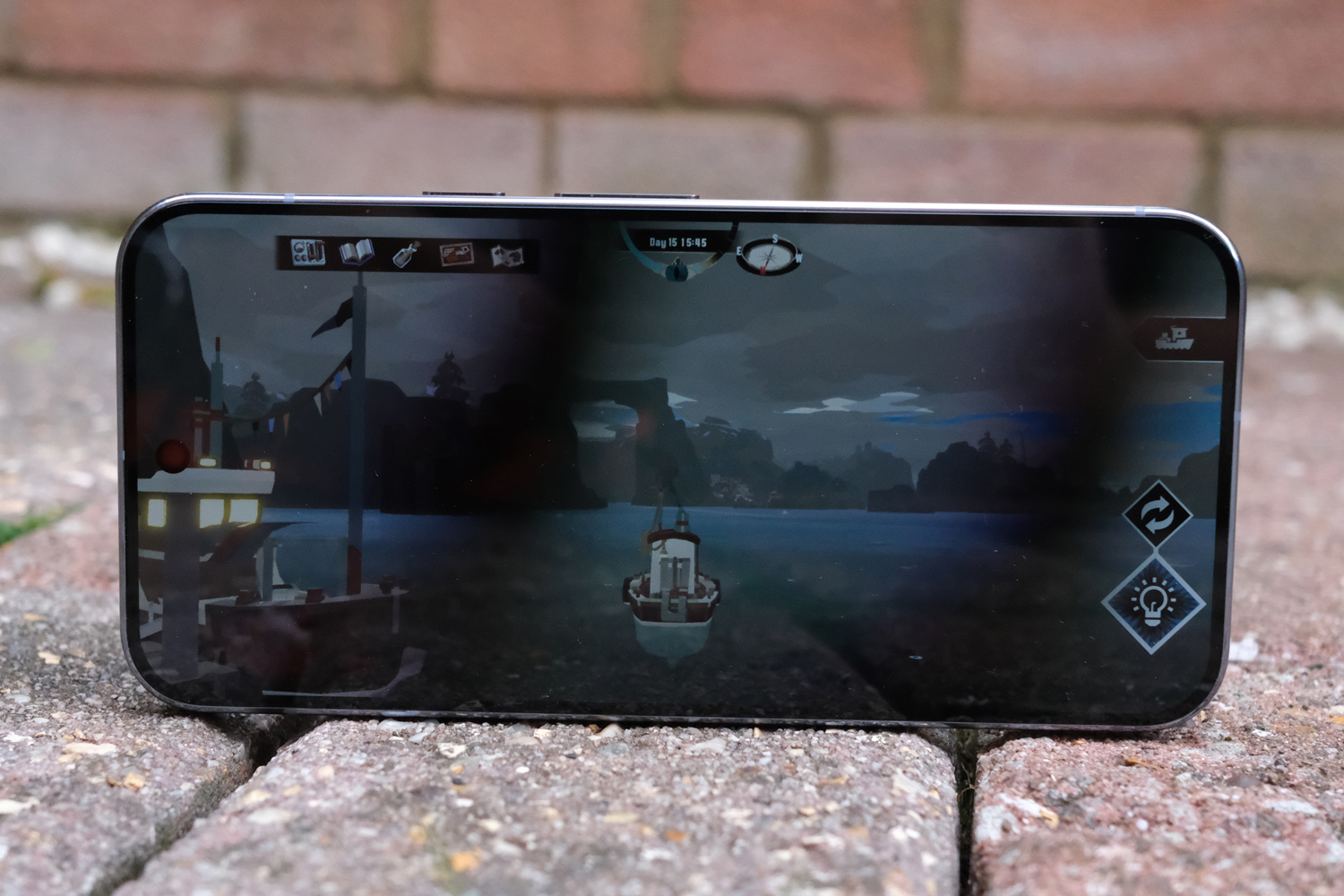
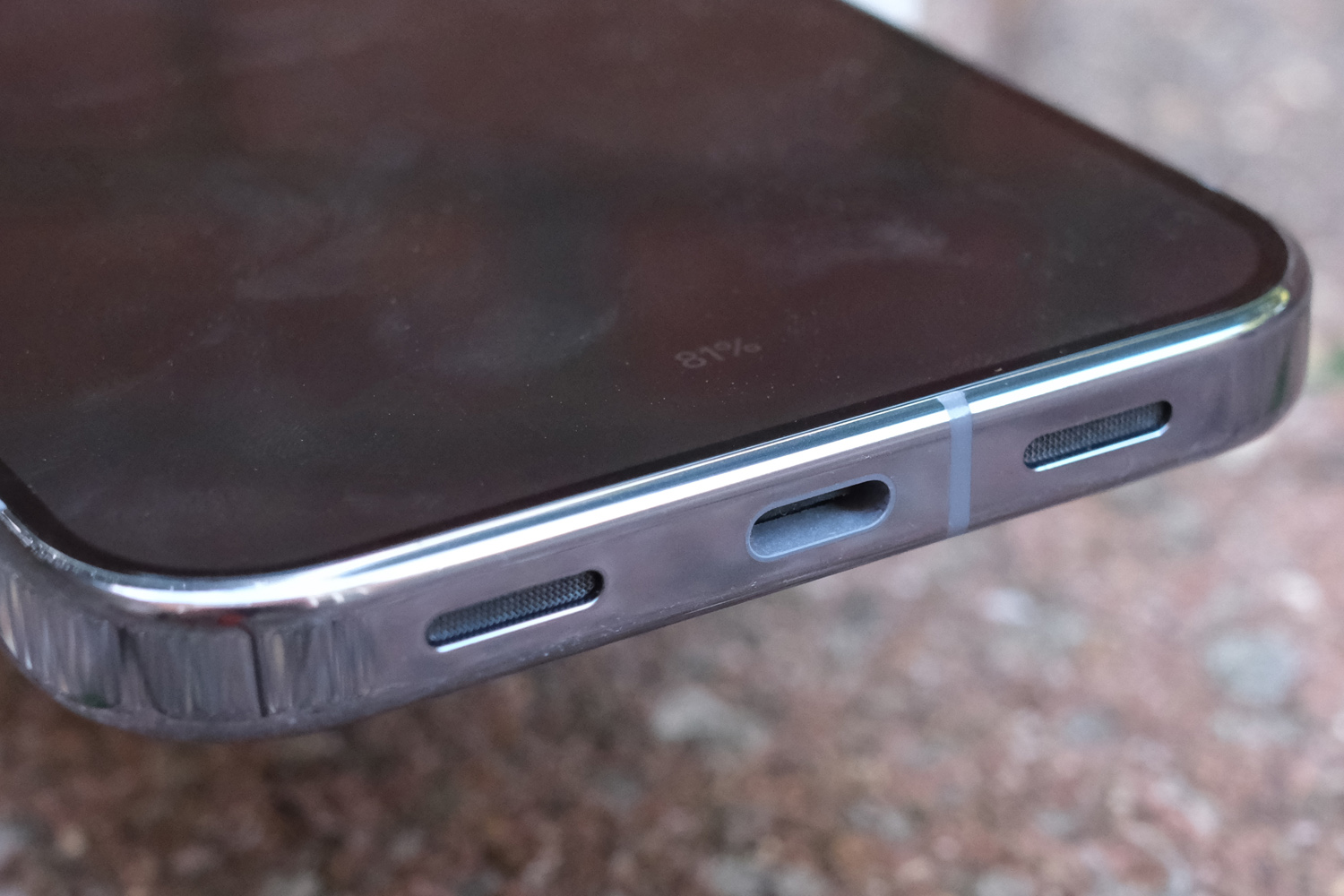
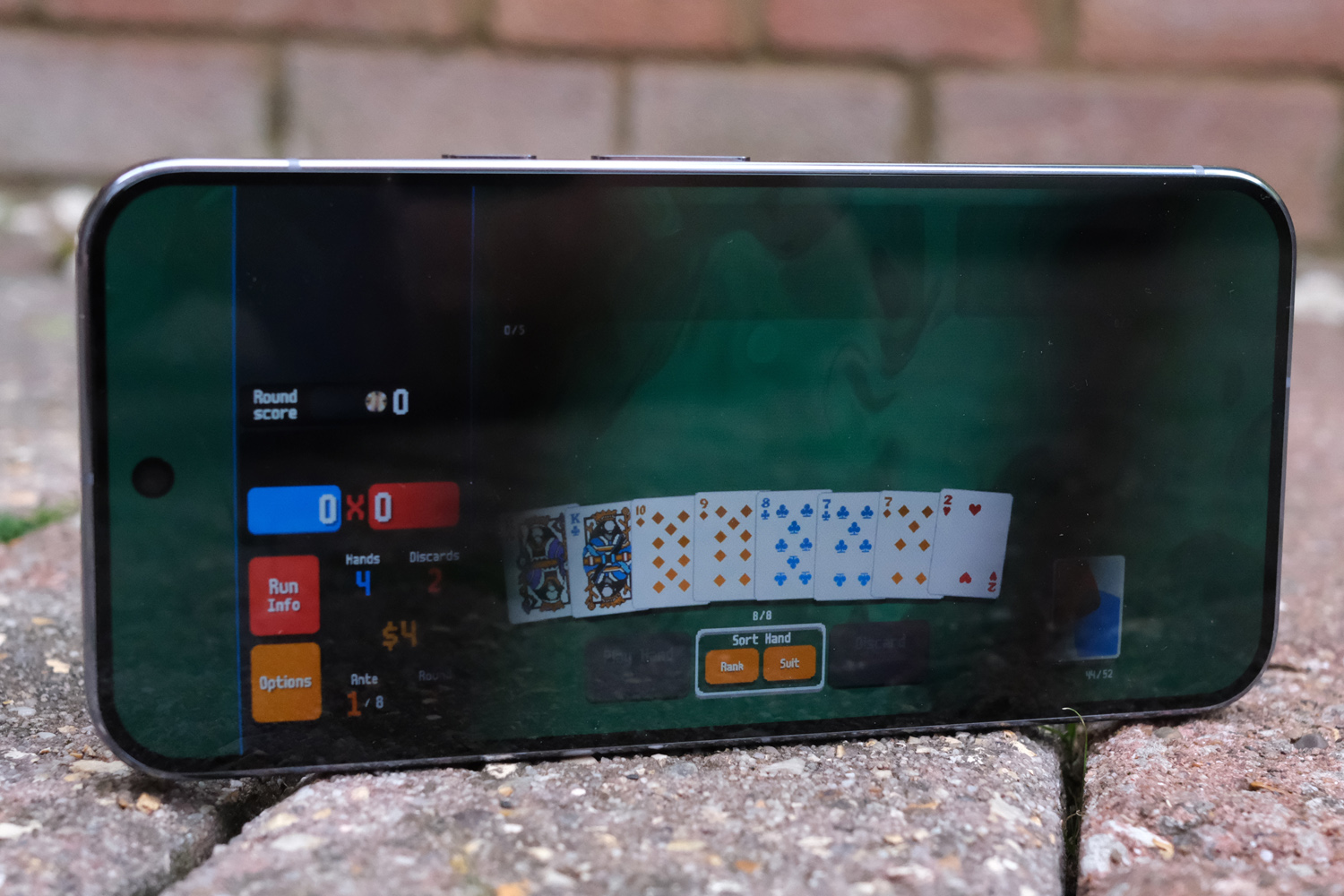
Benchmark records have largely eluded the Pixel range since Google switched to silicon designed in-house, and the new Tensor G5 continues that streak. Pre-release software meant a lot of my usual testing apps refused to run, but a PCMark Work 3.0 score of 14883 puts the Pixel 10 Pro XL behind most of the current flagship crop – and even falls short of affordable handsets like the OnePlus Nord 5.
However, no-one knows Android like Google does, so some impeccably optimised software means this phone feels anything but slow. Apps open in a blink and multitasking isn’t an issue, thanks in part to the hearty 16GB of RAM. Most of the games I tried ran just fine, at high details and smooth frame rates. For the sorts of daily duties you’d expect a top-tier phone to handle, the Pixel always felt up to the task.
Google was apparently targeting power consumption and thermals with this year’s CPU, having swapped to chip-maker TSMC and more efficient 3nm architecture. It seems to have worked: the phone never got uncomfortably hot during my testing, and performance was perfectly consistent.
The Pixel 10 Pro XL also gets a thumbs up for coming with 256GB of on-board storage as standard, rather than the measly 128GB you got on last year’s Pixel 9 Pro XL. That puts it on par with both Samsung and Apple for out-the-box capacity.
Far more exciting is the inclusion of Qi2 magnetic wireless charging, which means this phone plays as nicely with Google’s new line of Pixelsnap accessories as an iPhone does with MagSafe kit – no ugly case required. You’re getting the faster Qi2.2 variant here, too, meaning 25W top-ups if you have a compatible charging pad. OK, the niche HMD Skyline might’ve been the first non-Apple phone to support Qi2, but the Pixel has a much higher profile; including it here will surely encourage the rest of the Android world to get on board.
Wired refuelling tops out at 45W with a compatible USB-C charger, which might be under half that of the fastest-charging Android rivals, but is enough to go from empty to full in about an hour.
The Pixel 10 Pro XL’s battery has seen a small increase from last year, to 5200mAh – again, not the largest I’ve seen lately, but still more than you’ll find in either the Galaxy S25 Ultra or iPhone 16 Pro Max. Google’s claim of “30+” hours largely bore out in my testing, where I could last an entire breakfast-to-bedtime day of fairly heavy use without having to plug in. Expect daily overnight top-ups unless you use the Extreme Battery Saver mode a lot.
Google Pixel 10 Pro XL verdict
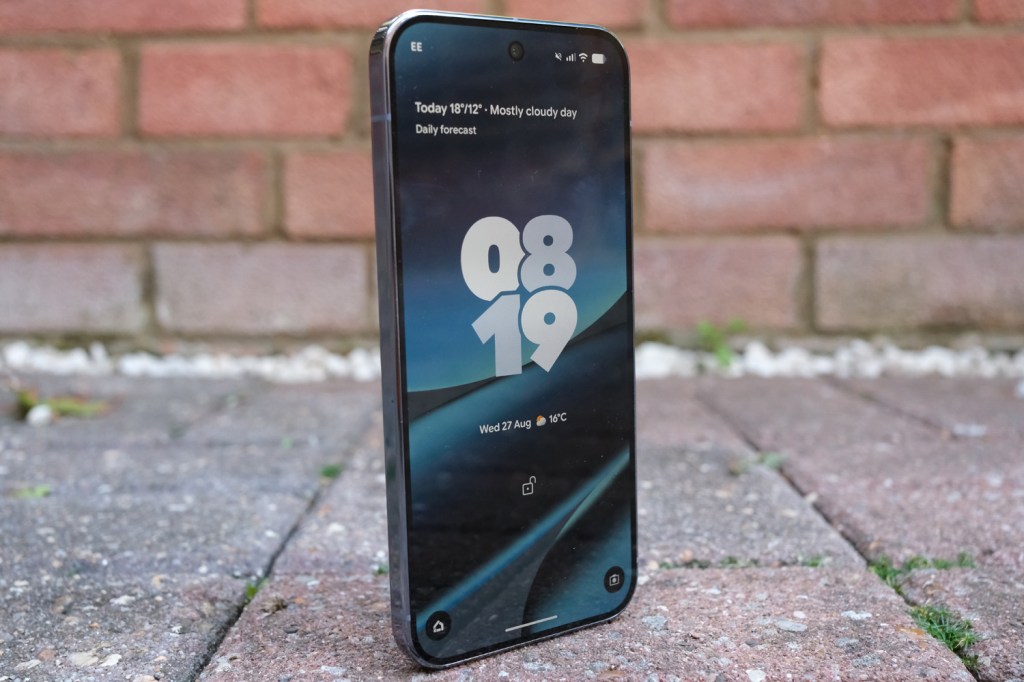
This year’s Pro XL Pixel doesn’t stray far from the formula set out by the last one – but still manages to improve on it in all the right places. Android 16 feels modern without alienating fans of the old look, Qi2 magnetic charging is a welcome (if overdue) addition that’ll tempt iPhone owners thinking of making the switch, and the Gemini upgrades are genuinely useful. Even AI skeptics will have to admit Camera Coach is an excellent showcase of the tech, and really puts the phone’s rear lens trio to good use.
I do think Google’s algorithm-led photography lacks some of the emotive charm rival phones are able to capture in-camera now, but not everyone likes the analogue film look. And while it’s neither a performance or battery life champ, there’s more than enough of each for real-world use. That means the overall package is undeniably appealing.
Faster wireless charging and more storage as standard also give more reasons to buy one over the Pixel 10 Pro, beyond the bigger battery and screen. As a result, this is the new go-to phone for anyone after Google’s best hardware.
Stuff Says…
It doesn’t look like a giant step forward from last year, but the Pixel 10 Pro XL has improved in all the right places. Qi2 support is a real win, and Gemini has some genuinely useful additions for 2025.
Pros
Fantastic camera quality as expected, but now with useful AI coaching
Qi2 finally makes its way to Android
Stunning screen and flagship-grade build
Cons
Beaten on raw processing power by Snapdragon rivals
Only a few superior specs over the smaller, cheaper Pixel 10 Pro
Google Pixel 10 Pro XL review technical specifications
| Screen | 6.8in, 2992×1344 OLED w/ 1-120Hz |
| CPU | Google Tensor G5 |
| Memory | 16GB RAM |
| Cameras | 50MP, f/1.7 w/ dual pixel PDAF, OIS + 48MP, f/2.8 telephoto w/ dual pixel PDAF, OIS, 5x optical zoom + 48MP, f/1.7 ultrawide w/ dual pixel PDAF rear 42MP, f/2.2 front w/ PDAF |
| Storage | 256GB/512GB/1TB |
| Operating system | Android 16 |
| Battery | 5200mAh w/ 45W wired, Pixelsnap Qi2 25W wireless charging |
| Dimensions | 163x77x8.5 mm, 232g |



